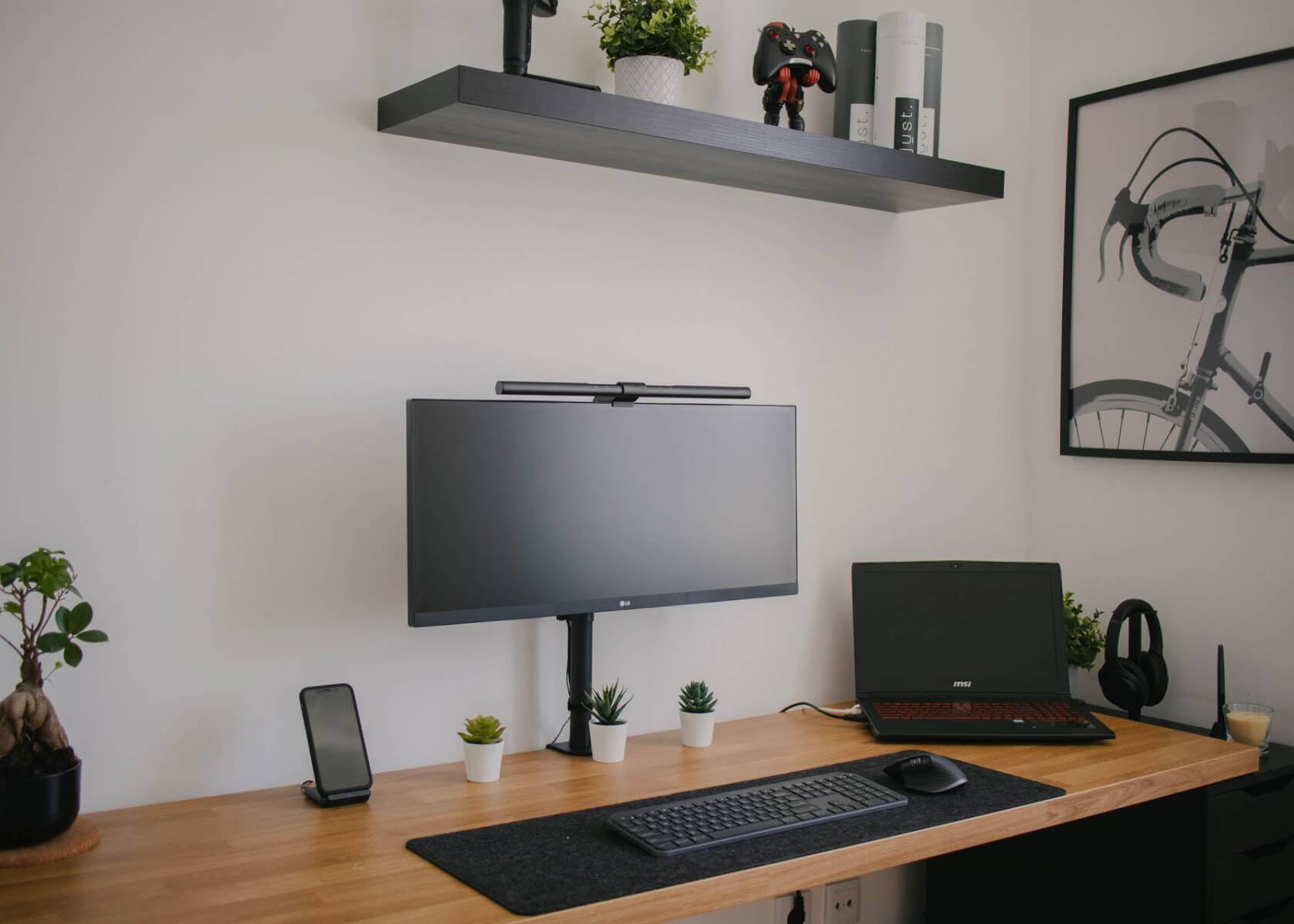How to Import Templates into Notion: A Step-by-Step Guide

New to Notion?
How to Import Templates into Notion
Notion is a powerful all-in-one productivity tool that lets you create fully customized workspaces. One of its standout features is the ability to import templates—pre-designed layouts and structures that you can add to your Notion workspace. Using templates not only saves time but also provides inspiration for organizing projects, tasks, and more. This article will guide you through importing templates into Notion using current features and best practices.
Finding Templates
Before diving into the import process, it’s important to know where to locate templates. Notion offers a variety of built-in templates accessible through the Templates option in the sidebar. These templates cover categories such as Project management, Personal goals, databases, and more. In addition to these built-in selections, many online communities and galleries offer Notion templates to fit different workflows.
Importing a Template
Once you’ve found a template you’d like to use, importing it into your workspace is straightforward. Notion now supports a couple of methods—depending on whether you’re importing a file or duplicating a shared online template. Here’s an updated step-by-step guide:
- Ensure you are logged into your Notion account.
- For templates provided as downloadable files:
- Open Notion and navigate to the page where you want to add the template.
- Click on the + button in the page’s header area to add a new block.
- Select Import from the dropdown menu. (Alternatively, you can simply drag and drop the file onto your Notion page.)
- In the import window, choose the file type. If you are using a template from an external source, click Browse to locate the template file on your device.
- Select the file and click Open. Notion will then process and preview the imported content.
- Click Import to finalize the process.
- For templates shared as Notion pages online:
- Open the template link in your browser.
- Click on the Duplicate button located at the top right of the template page.
- The template will be added to your workspace, and you can begin customization immediately.
Customizing the Imported Template
Imported templates serve as a starting point that can be tailored to your needs. Here are some methods to customize an imported template in Notion:
- Adding or Removing Blocks: Templates often include pre-defined blocks such as text, tables, and multimedia. Add new blocks using the + button next to any section, or remove unwanted blocks via the three-dot menu icon.
- Rearranging Blocks: Drag and drop blocks into your desired position within the page.
- Editing Content: Click directly on any section to modify text, images, or other content.
- Creating Subpages: If the template includes subpages, click on the page heading and select Create subpage from the dropdown menu to add new content.
- Adjusting Properties and Databases: Some templates include pre-configured databases and properties. Customize these by adding or removing fields, renaming properties, or modifying the database structure to suit your workflow.
Saving a Customized Template
After customizing an imported template to fit your workflow, you might want to save it as a custom template for future use. Notion’s updated system makes it easy to save your work as a reusable template:
- Open the customized page or select the section you wish to save.
- Click the three-dot menu icon at the top right corner of the page.
- Choose Save as template from the dropdown menu.
- Enter a name for your template and add a short description if desired.
- Click Save to add the template to your library.
Your custom template will now appear in the Templates section, ready for reuse in future projects or to share with others.
Conclusion
Importing templates into Notion is an effective way to boost productivity and streamline your workflow. Whether you choose a built-in template from Notion or explore external galleries, the process remains simple and user-friendly. With the ability to customize and save your own templates, you can build an ever-growing library of personalized templates tailored to your needs. Explore the expansive world of Notion templates to enhance your organization and productivity.


